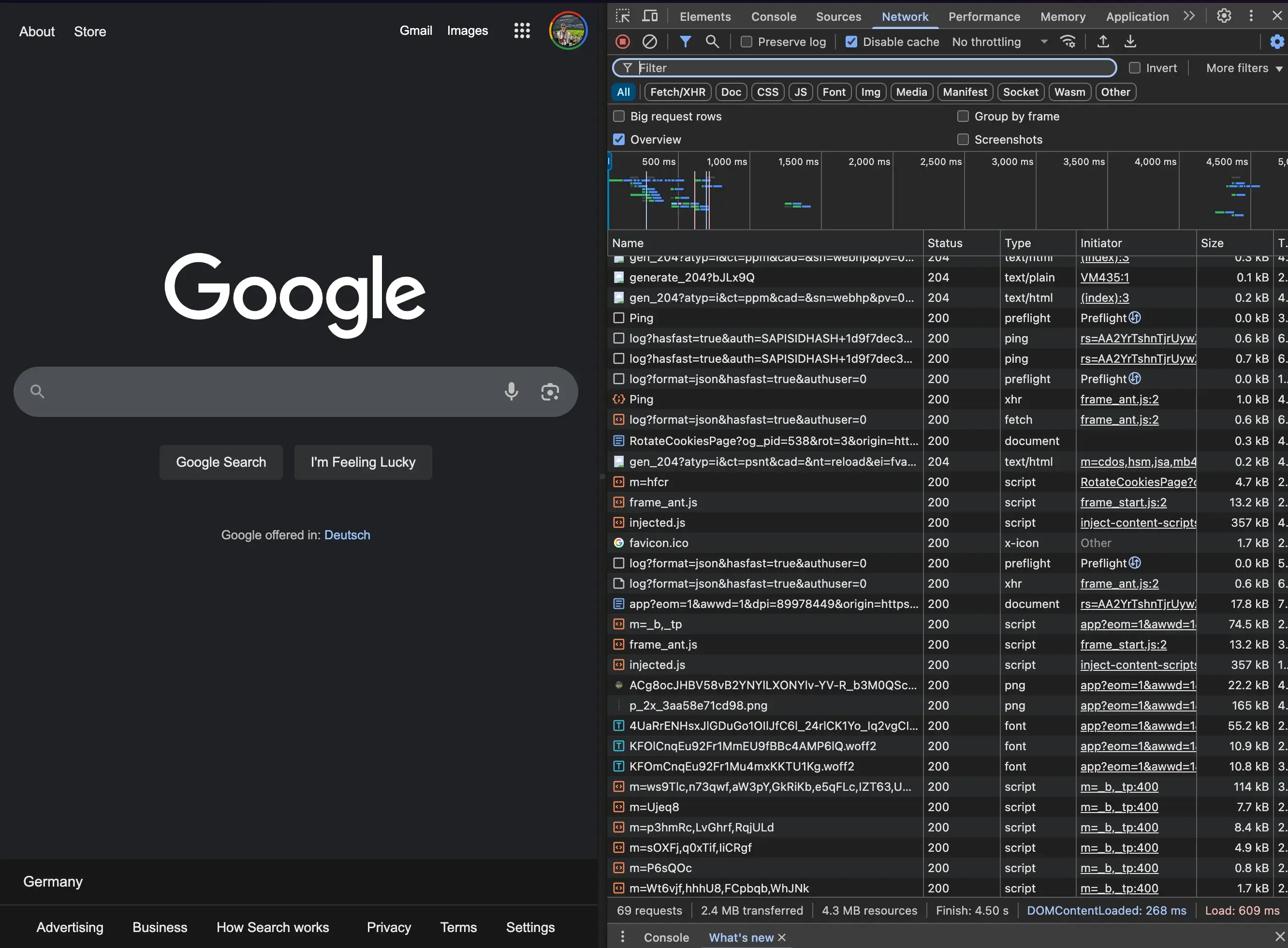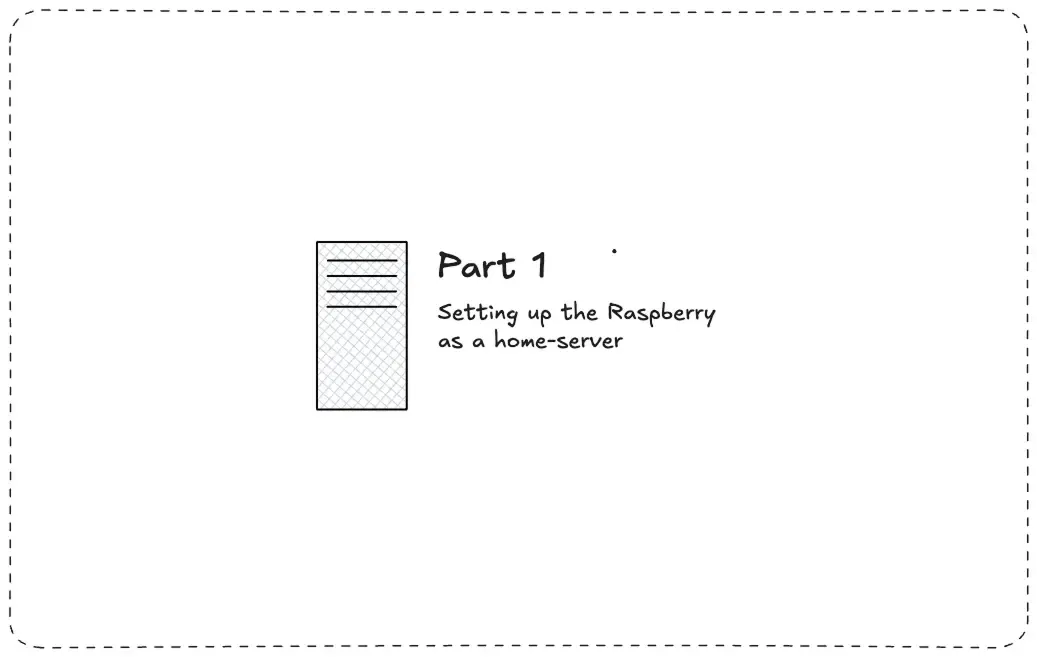Skew Protection in Modern Web Development: Technical Implementation and Strategic Implications
Skew protection ensures consistent client-server versions in modern web apps, preventing mismatches, downtime, and SEO issues during frequent deploys.

Skew protection represents a fundamental advancement in deployment strategy that addresses critical challenges inherent in modern web application architecture. As web applications have evolved from simple static sites to complex, dynamic systems with frequent deployment cycles, the potential for version conflicts between client and server components has emerged as a significant operational risk. Skew protection provides a systematic approach to preventing these conflicts, ensuring that clients and servers maintain version consistency through a client session or defined retention window.
The complexity of web applications has increased dramatically with the emergence of server-side rendering and React Server Components in 2023. As Dan Abramov (@dan_abramov2) explained in his article “React for Two Computers”, today’s web applications require seamless coordination between client and server. Skew Protection addresses this challenge by ensuring version consistency throughout the user experience, preventing mismatches during navigation and data transfer between these two computing environments.
The increasing complexity of modern web applications, combined with the accelerating pace of deployment cycles, has created an environment where traditional deployment strategies prove inadequate. Organizations now deploy code multiple times per day, often during peak traffic periods, creating scenarios where different versions of client and server code attempt to communicate.
For example, in an interview, Sebastian Barrios (LinkedIn), the longtime head of product and engineering at Mercado Libre, mentioned that the company deploys 30,000 times a day. That’s almost two deployments per engineer daily! Without proper skew protection mechanisms, these version mismatches can result in application failures, data corruption, and degraded user experiences.
Defining Skew Protection
When client and server deployments aren’t perfectly in sync, and they won’t be, then calls between them can lead to unexpected behavior. We call this issue version skew.
The quote above comes from Malte Ubl (@cramforce), the CTO of Vercel, in a 2023 article titled “Introducing Skew Protection.” It explains both the origin of the protection mechanism’s name and the fundamental nature of the problem.
The fundamental principle underlying skew protection involves maintaining version consistency across the entire application stack. When a new deployment occurs, existing clients continue to communicate with server components that understand their expected data formats and API contracts, while new clients automatically receive the latest version.
This approach mitigates the temporal gap between client and server updates that traditionally causes deployment-related failures, though certain edge cases remain - such as first requests without version cookies, cross-origin fetches, and clients that block cookies.
Skew protection operates through several key mechanisms: version identification, client-side persistence, server-side routing, and asset management. The asset management component is particularly nuanced, requiring immutable content-hashed filenames and careful retention policies at the origin/CDN. Without proper implementation, eviction policies, short TTLs, or “purge all” operations can break older clients despite having skew protection in place. Effective skew protection requires controlled purge strategies and clearly defined retention windows.
Version identification involves tagging each deployment with a unique identifier that can be tracked throughout the request lifecycle. Client-side persistence ensures that browsers maintain their assigned version throughout user sessions, primarily through cookies. Server-side routing directs requests to appropriate application versions based on client version information.
For server-side routing to be effective, you must vary CDN/edge cache keys on the version identifier (cookie or header) or use deployment-scoped URLs to prevent cache poisoning and mixed-content across versions. Additionally, all backends (API, SSR, asset origin) must understand the version context to avoid mismatches even when HTML routing is correct. Finally, asset management maintains multiple versions of static resources to support clients using different application versions, ensuring a consistent experience throughout the user journey.
Impact on SEO
Asset management can impede rendering and indexing because static assets use hashes that change with each deployment. The real issue isn’t that hashes change (which is a best practice), but rather that old hashed assets might be removed too quickly. When search engine crawlers index a site but fetch the actual assets days later, missing old hashed assets can break JavaScript and CSS for Google’s rendering pass, potentially preventing content discovery and internal-link evaluation.
Caching is not a guarantee: Edge/CDN caching improves hit rates but does not guarantee asset availability “days later” due to TTLs, cache evictions, purges, or aliasing to a new deployment. Ensuring availability requires immutable, content-hashed filenames and long-lived Cache-Control headers, retention of old assets at the origin (or routing clients to the older deployment), and avoiding blanket “purge all” operations after deploys.
For example, Vercel addresses this challenge through automatic edge caching and intelligent hash-based asset management. Unchanged assets retain their hashes across deployments, allowing them to persist in Vercel’s Edge Network cache. This ensures crawlers can access assets even after new deployments, while the unique deployment URLs prevent cache conflicts between versions.
With proper skew protection and asset management strategies in place, crawlers are more likely to access assets even after new deployments, though availability still depends on CDN/origin retention policies.
The unique deployment URLs help prevent cache conflicts between versions, but can introduce duplicate-content issues if crawlable. To avoid SEO pitfalls, disallow indexing of preview/unique deployment URLs (using robots.txt, x-robots-tag: noindex, or requiring authentication) and use canonical tags on production pages that point to the primary domain.
Risks of Deployment Without Skew Protection
The absence of skew protection in deployment strategies introduces multiple categories of risk that can significantly impact application reliability, user experience, and business operations. These risks have become increasingly pronounced as deployment frequencies have increased and application architectures have grown more complex.
Without version pinning, deployments create mixed-version states that amplify failure risks. Problems include CDN cache pollution, service workers mixing assets, API contract mismatches, and SDK compatibility issues. This leads to error spikes, asset failures, exceptions, abandoned transactions, and emergency freezes. Teams respond by slowing releases, batching changes, adding coordination overhead, or purging caches—all of which reduce performance and hinder delivery speed.
Technical Risks and System Failures
Without skew protection, applications risk technical failures during deployments. When servers update while clients use older JavaScript bundles, API mismatches can cause runtime errors, failed requests, and application crashes. Though teams can mitigate through backward-compatible APIs, phased rollouts, and careful migrations, these issues remain common challenges without proper skew protection.
Database schema changes pose a significant risk. When servers expect updated schemas while clients send legacy data formats, corruption or data loss can occur. These conflicts are hard to predict as they depend on user action timing during deployments. Teams can mitigate through expand-and-contract patterns, migrate-read-write approaches with dual writes, and feature flags for controlling schema migration timing.
Asset resolution failures constitute another significant technical risk. Modern web applications rely heavily on dynamically loaded assets, including JavaScript modules, CSS files, and media resources. When deployments change asset paths or filenames without maintaining backward compatibility, clients experience broken functionality as they attempt to load non-existent resources.
These failures typically occur when:
- Old hashed assets are purged or evicted while the production alias switches to a new deployment
- Asset paths change without immutability or redirects in place
- Service workers or prefetchers mix versions across deployments, requiring skew protection to account for service worker updates and cache-busting strategies
User Experience Degradation
The user experience implications of deployment-related failures extend beyond simple functionality loss. Users may encounter inconsistent application behavior, where some features work correctly while others fail unpredictably. This inconsistency creates confusion and erodes user confidence in the application’s reliability.
Session continuity represents a critical user experience concern. Users engaged in multi-step processes, such as e-commerce transactions or form submissions, may lose progress when deployment-related failures interrupt their workflows. The financial and reputational costs of abandoned transactions can be substantial, particularly for revenue-generating applications.
Users often remain on applications for extended periods without refreshing their browser, effectively locking themselves into a specific version for weeks. This behavior was highlighted by Theo Brown, creator of t3 Chat.
We’ve added an alert that informs a user of a new version of the application as we noticed that we have users who spent days and even weeks without reloading the chat.
This alert proved invaluable in June when t3 chat experienced a major outage caused by an issue with a dependency, as documented in the video “My biggest failure to date”. The fact that Theo couldn’t fix the error because versions of the chat running on certain open tabs were still sending error messages demonstrates how some users never refresh their screens and maintain very long active sessions.
Current Deployment Trends and Traffic Patterns
The analysis of deployment patterns during high-traffic events provides crucial insights into the operational challenges that skew protection addresses. Recent data from major traffic events, particularly the 2024 Black Friday and Cyber Monday periods, demonstrates the scale and complexity of modern web traffic that deployment strategies must accommodate. According to Vercel’s 2024 BFCM recap, there were 2,454,917 deployments made on the Vercel platform during this period.
There is a clear trend toward more frequent deployments, which means more versions of the application being sent to production and therefore a higher risk of version mismatches.
Technical Mechanisms of Skew Protection
The implementation of skew protection requires sophisticated technical mechanisms that operate across multiple layers of the application stack. Understanding these mechanisms provides insight into both the capabilities and limitations of skew protection systems.
Several major cloud providers offer skew protection solutions, including AWS through Amplify, Vercel, and Cloudflare via open NEXT. However, not all frameworks support this feature since it requires specialized implementation. An example is this pull request from May 2024 that added Vercel skew protection to Astro.
Version Identification and Tracking
Version tracking forms the foundation of skew protection. Each deployment gets a unique ID that tracks requests throughout the system. This ID must be both unique and efficient, with options including: ULIDs/UUIDs (no central coordination, virtually collision-free), truncated commit SHAs/content hashes, timestamps with randomness (time-ordered with collision prevention), or version numbers (compact but centrally coordinated).
Client-Side Persistence Mechanisms
Client-side persistence ensures browsers maintain their assigned version throughout user sessions. HTTP cookies are the most common implementation, automatically transmitting version data with all requests.
Cookie-based persistence offers several advantages: automatic inclusion in requests, server-side accessibility, and compatibility with existing infrastructure. For optimal implementation, use cookie attributes like Secure, SameSite=Lax, and an appropriate Path value. However, cookies face limitations including size constraints, cross-origin restrictions, and potential conflicts with existing cookie usage.
Server-Side Routing and Version Resolution
Server-side routing directs incoming requests to appropriate application versions based on client version information. This routing ideally operate at the edge/CDN (it can work at origin if cache keys/URLs are version-scoped) level to ensure both HTML and API requests are correctly segmented before reaching the cache or origin.
The routing implementation typically involves multiple stages: version extraction from request headers or cookies, validation against an allowlist of available deployments, and request forwarding to appropriate application instances. The deployment map (version→backend/paths) should be replicated at the edge to avoid cross-region lookups and minimize latency.
Version validation presents challenges when deployments are retired or when clients present invalid version identifiers. The system must implement fallback strategies that maintain functionality while encouraging clients to upgrade. Common approaches include serving a minimal HTML shell that forces an upgrade, maintaining a defined retention window for old deployments, and providing graceful API responses with upgrade instructions.
This diagram shows how Skew Protection maintains version consistency during and after deployments. Clients who loaded V1 continue to receive V1 assets and API responses via version cookies, while new clients are served the latest version (V2). The version router handles all routing logic based on the client’s version context, ensuring stability across sessions and deployments.
How do I test if Skew protection is actually working?
When testing skew protection, it’s important to verify how your application handles version transitions. You need to confirm that existing sessions maintain consistency with their original deployment while new sessions receive the latest version.
A reliable testing approach involves:
First, add a visible version marker in your application (like a build ID in your HTML or as a response header). This eliminates ambiguity from caching effects.
Then use two separate browser contexts - your normal window for an existing session and an incognito window for a fresh session. Deploy a new version with clearly visible changes.
In your existing session (with cache disabled in DevTools), verify that HTML, APIs, and assets continue to come from the previous version. The version marker should remain unchanged and chunk URLs should match the old deployment.
In your fresh incognito session, confirm you receive the new version with updated version markers and new chunk hashes.
Be aware that browser caches, CDN behavior, and service workers can all mask results. Unchanged chunks may retain identical hashes between deployments. For comprehensive testing, ensure your changes affect at least one chunk file and test with cache disabled.
With proper skew protection, Vercel will route existing sessions to their original deployment, maintaining consistency while new users receive the latest version - but this always depends on your deployment retention settings.

Conclusion
Skew protection is increasingly essential for modern SSR/RSC and high-frequency deployment environments. As web applications evolve to ship faster and more frequently, the risk of client-server mismatches increases significantly with higher deployment frequency and architectural complexity. Skew protection directly addresses this by maintaining version consistency through intelligent routing, persistent version tracking, and asset retention.
By aligning infrastructure and tooling around this model, platforms like Vercel, AWS Amplify, and Cloudflare provide features that enable skew protection and raise the bar for deployment safety—framework support and configuration still matter. At the same time, engineering leaders and practitioners (from Mercado Libre to independent OSS maintainers) are recognizing that frequent, confident deployments depend on isolating users from the instability that version skew can introduce. Teams typically enforce a retention window for old deployments and may force-upgrade clients after a grace period to manage cost and risk.
As the complexity of front-end architectures continues to grow, skew protection helps teams ship continuously without compromising stability, user experience, or SEO. Skew protection helps avoid crawler breakage from missing assets; combined with immutable asset hashing, appropriate cache headers, and canonicalization, it supports healthy indexing. It is becoming a standard practice among forward-looking engineering teams, especially those operating SSR/RSC apps and shipping multiple times per day.
FAQ about Skew Protection
Version skew occurs when a client and server run different versions during or after a deployment, causing mismatched APIs, data formats, or assets. Skew protection prevents this by keeping each client on a consistent version across the stack until they upgrade, eliminating the timing gap that causes failures.
Share article


